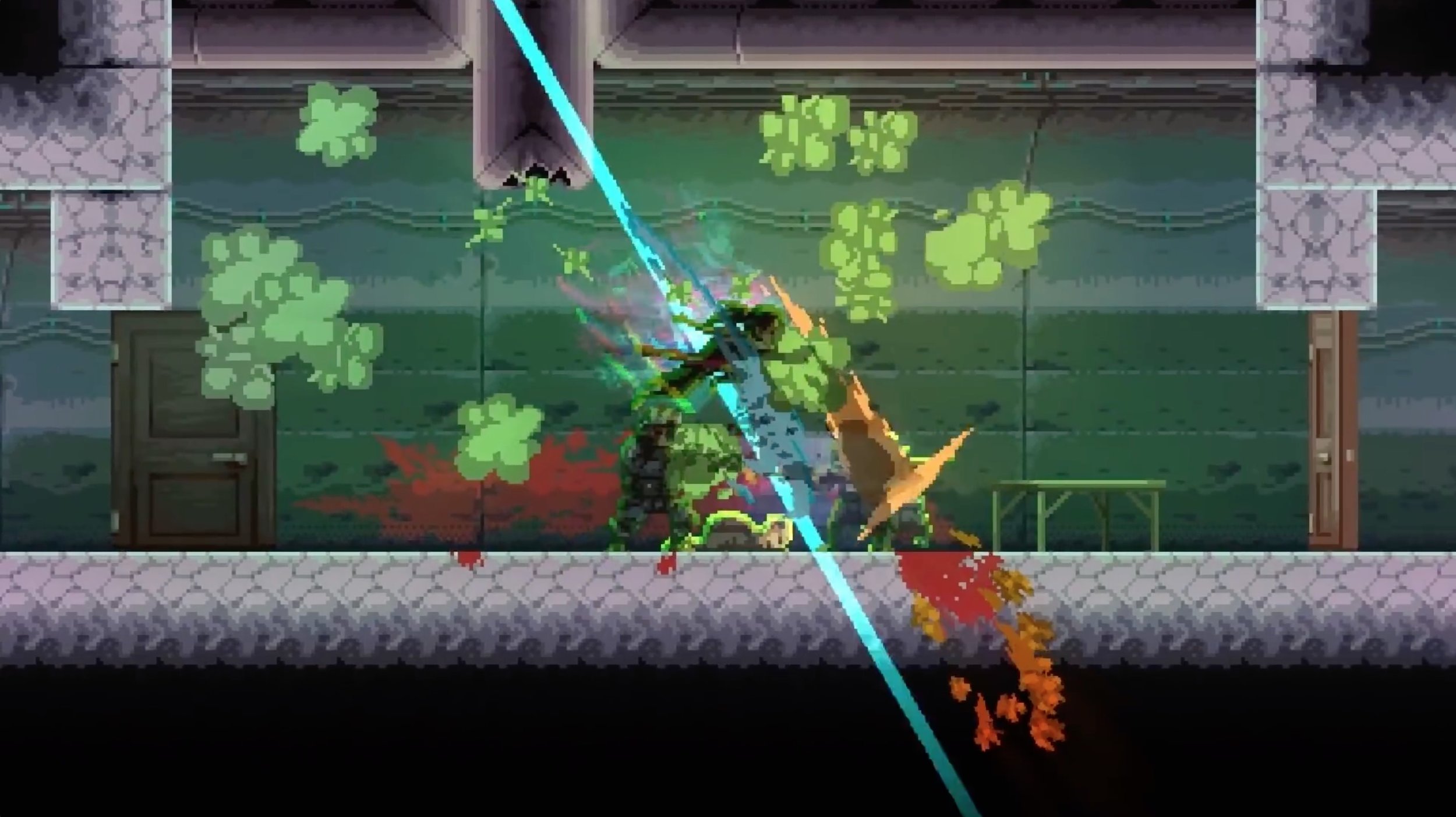Pre-Production: Game Inventory
Today I want to talk about an essential part of making game trailers which happens before a single clip has entered a video editing timeline: pre-production. I've talked a lot about how I do this for dialogue driven trailers, but gameplay trailers are a different beast entirely.
The first steps in making a game trailer are playing the game, and taking an inventory of every important element in the game including but not limited to:
Player verbs and animations
Player looks/skins/costumes
Player power ups
Enemy types, abilities and animations
Distinct levels/environments
Times of day and variations in weather
Systemic interactions
Objects you can interact with (e.g. props, notes, levers, switches etc.)
Dialogue
Sound Effects
Music
Movie trailer editors only have to worry about the bottom three, and frequently they only need to worry about the dialogue because sound effects and music from the film aren't available during trailer production. It's therefore understandable just how daunting the process of starting a game trailer is!
I'm going to talk about my game inventory process, but keep in mind the goal here is to organize and understand what the game has in it which you can potentially show in the trailer. If you can achieve that goal by other means which work better for you, then you should do it! (and please let me know your method; I love to hear about other people's processes)
One of the most common questions I get asked is: "Do you play the whole game?" It depends. I play as much of the game as possible because I want to know what is available to show in a trailer, but I typically don't finish or beat the whole game or even individual levels. For example, if a game has a level set in a forest, I'll stop capturing once I've recorded everything like: the platform layouts, environmental hazards, powerups, and story moments. If there are enemies or bosses in the game, I'll make sure to capture each unique animation. What's most important is not that I finish a level, just that I know what's in it.
Once I see every bit of content in an area, I move on. If I have a debug option to simply fly through and "scout out" a level, I'll do that rather than take the time killing every enemy and dodging every obstacle.
This shot has: the player using a fire weapon on the grappling hook enemy, a couple zombies on the periphery, and it's set in a new environment for this particular update.
Once I have a mostly complete inventory, it's time to start thinking of what should be in the individual shots. The way I do this is based on this hierarchy of importance for the contents of each shot:
Player verb (what the player is doing in the shot)
What the player is interacting with (enemies, puzzles, levers etc.)
The design and layout of the level and interactive objects
The look of the environment (e.g. snow, lava, grass, rain, night, day)
The reason these are in this order is because the items at the top of the list are not necessarily dependent on the items on the bottom. For example, in a game like Spelunky, if you want to show the player exploding a section of wall (#1. a player verb), that can be done in the mines, jungle, ice caves, temple, city of gold, haunted castle, alien mothership, worm, or hell (#4. different looks/environments).
But of course, some elements in a game are inextricably linked (especially in story driven games with a lot of bespoke designs). For example, in Firewatch the communications wire (#2, an interactive object) gets cut at Beartooth Point which is a specific part of the game (#3, a unique level layout)
This Katana ZERO shot shows an attack, and interacting with smoke and enemies. This level layout only exists in this section, so the shot had to be here.
There are of course exceptions and overlaps between the category, but what I typically do is think about the contents of a shot from the top of the list and then move my way down. Oftentimes, in my rough cuts I'll only consider the player verb and what they're interacting with, and everything past that will be sorted out later. For example, that's how I put together my trailer for Way of the Passive Fist; I edited the trailer first only thinking of the player verbs for each shot, then later decided which enemies the player should be fighting and where. You can get a more detailed look in this video breakdown of that project.
If I do a good job of capturing just about all of the unique, irreducible elements, then I'll know the next step is a matter of figuring out what it is I need to include for the particular trailer I'm making, which is a whole other topic unto itself.
A simple exercise you can run through when deciding what should be in each shot of a game trailer is to ask yourself:
What should the player do in this shot?
What is the player doing it to, or with?
Where should the player be doing it?
What ways can the look of the place (or player!) be customized?
I hope this helps make pre-production a little bit easier, if you have any particular difficulties in the trailer making process where you frequently find yourself stuck or doing some sort of random guesswork, please email me with your questions or difficulties, and I'll see if I can find a way to help solve them!



